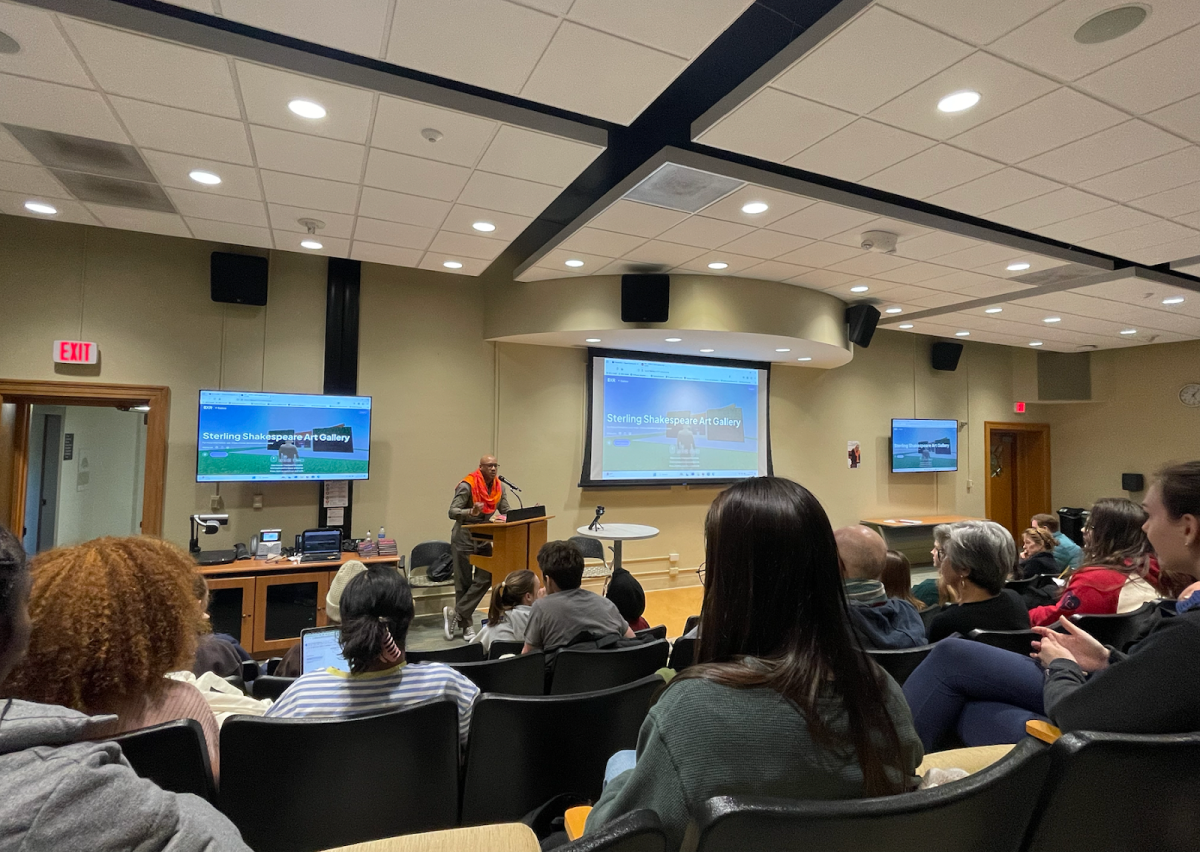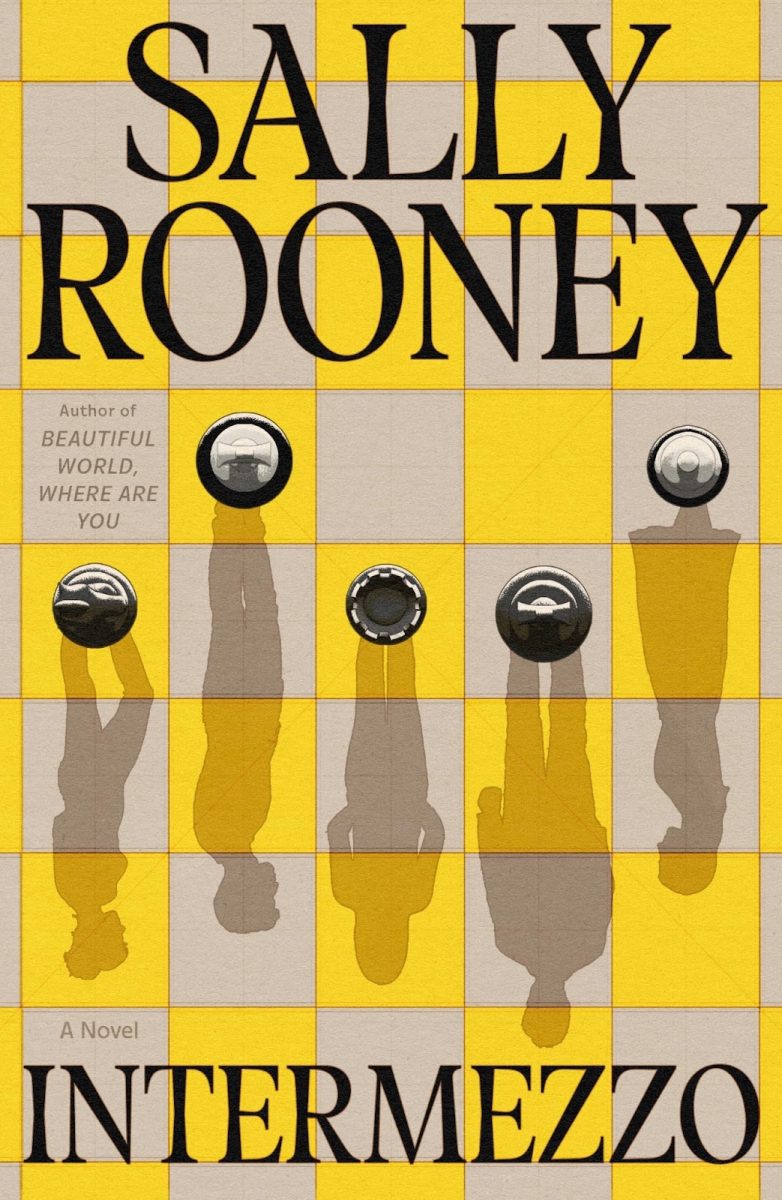Since all current undergraduates on Wake Forest’s campus were teenagers at some point during the 2010’s, many recognize the author John Green.
Even if his name isn’t familiar, some of his young adult novels, or their subsequent movies, will surely ring a bell: Looking for Alaska, An Abundance of Katherines, Paper Towns, and The Fault in Our Stars. Yet as it has been several years since he has released a novel, his fans were starting to get a little worried. However, after the long, arduous process that goes into the creation of a new novel, Green announced his newest book, Turtles All the Way Down, back in June at Vidcon (a YouTube conference that he and his brother Hank started.) There have been many reviews of Turtles All the Way Down. For those who want to read the book, I promise that this review is spoiler-free.
Turtles All The Way Down focuses on Aza Holmes, a 16-year-old high school student who searches for a fugitive billionaire. The reward offered for finding him is $100,000. As a child, Aza was friends with the billionaire’s son, Davis, and she accidentally reconnects with him. Her life is complicated by her obsessive-compulsive thoughts, most of which are about microbiomes, bacteria and the idea that she is not in control of her being.
A common theme in Green’s novels is suffering, and Turtles All The Way Down is no different. However, in this novel suffering is approached in a much different way. None of his previous novels have dealt with mental illness in such an open way. For Green, this novel is deeply personal, as he has dealt with his own OCD and anxiety. One of the successes of Turtles All The Way Down is the way in which Aza’s mental illness is described. Green never explicitly states that Aza has obsessive compulsive disorder but through her narrative and thoughts, it is clear to the reader. Because her mental disorder is never named, Aza does not get pigeonholed into a box full of stereotypes by the readers. Instead, Green allows Aza’s anxieties to breathe and manifest into what they are: irrational thoughts. And all humans have irrational thoughts.
Green’s novel serves to remind us that we are humans. All readers can relate, on some level, to Aza’s anxieties.
Yet, the narrative of the effects of mental disorders doesn’t stop with just Aza. Although it’s from her point of view, readers get a good sense of how her mental disorder affects those around her. We see Aza’s mother worry about her and desperately want to take away Aza’s pain. Her obsession with bacteria prevents the progression of a romantic relationship with Davis because she knows that when they kiss or hold hands, his bacteria will permanently affect the composition of her microbiomes. And Aza’s best friend Daisy, a spunky go-getter, also has to cope with Aza’s mental disorder because it causes Aza to get lost in herself and her thoughts. Those qualities make it hard for her to be an exemplary friend. A person’s mental state doesn’t just affect them, because it affects who a person is and that ultimately affects everything in their life.
Green has said that one of the reasons he writes YA novels is because teenagers are at a critical point. For the first time, they are grappling with love, suffering, existence and meaning. He finds this point in one’s life particularly important because there are infinite ways in which teenagers try to come to terms with these topics. But the truth is, adults haven’t figured it out yet either. You don’t have to have a mental disorder to read and enjoy Turtles All The Way Down. You don’t have to be a teenager, either. All you have to be is a human who thinks.
















